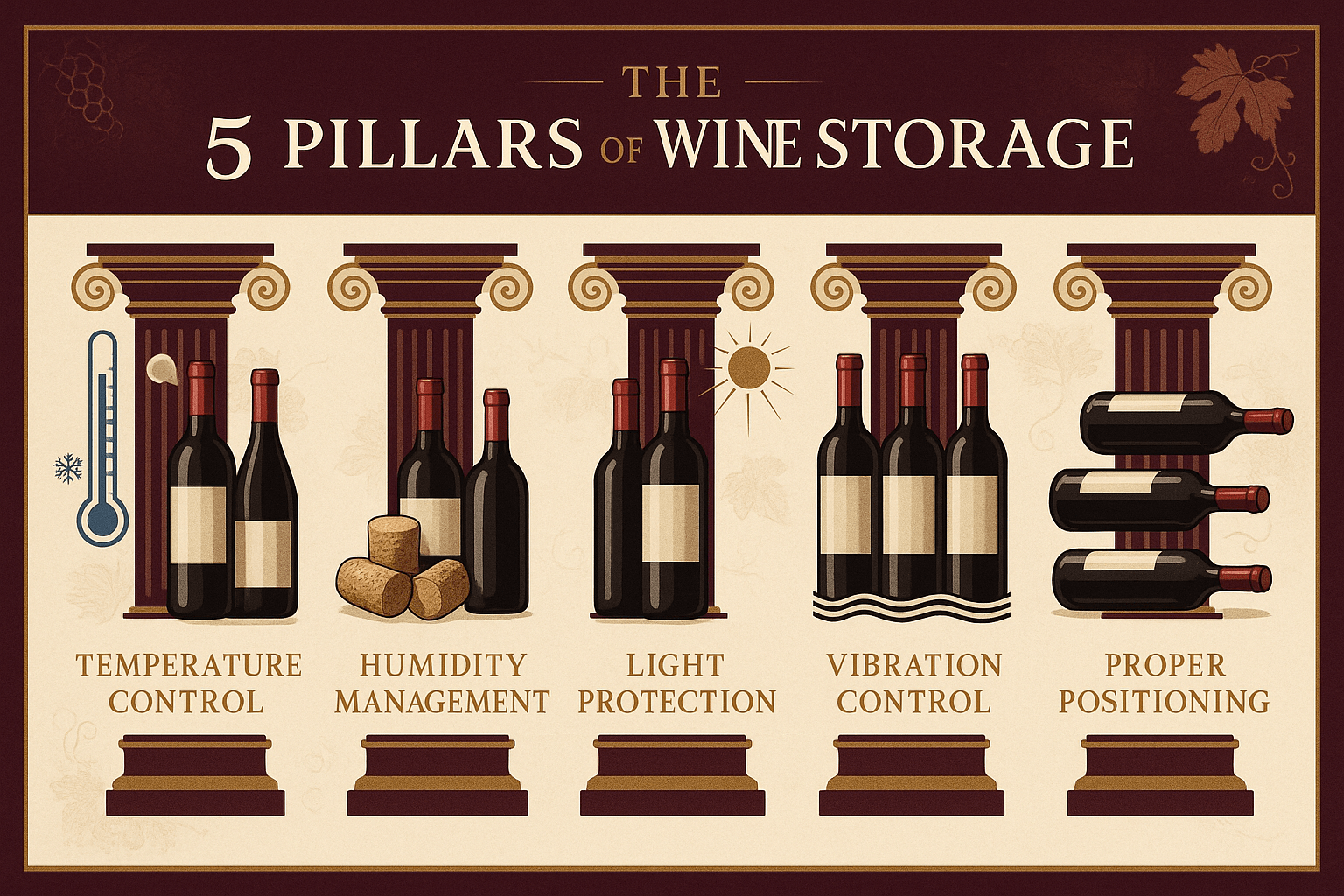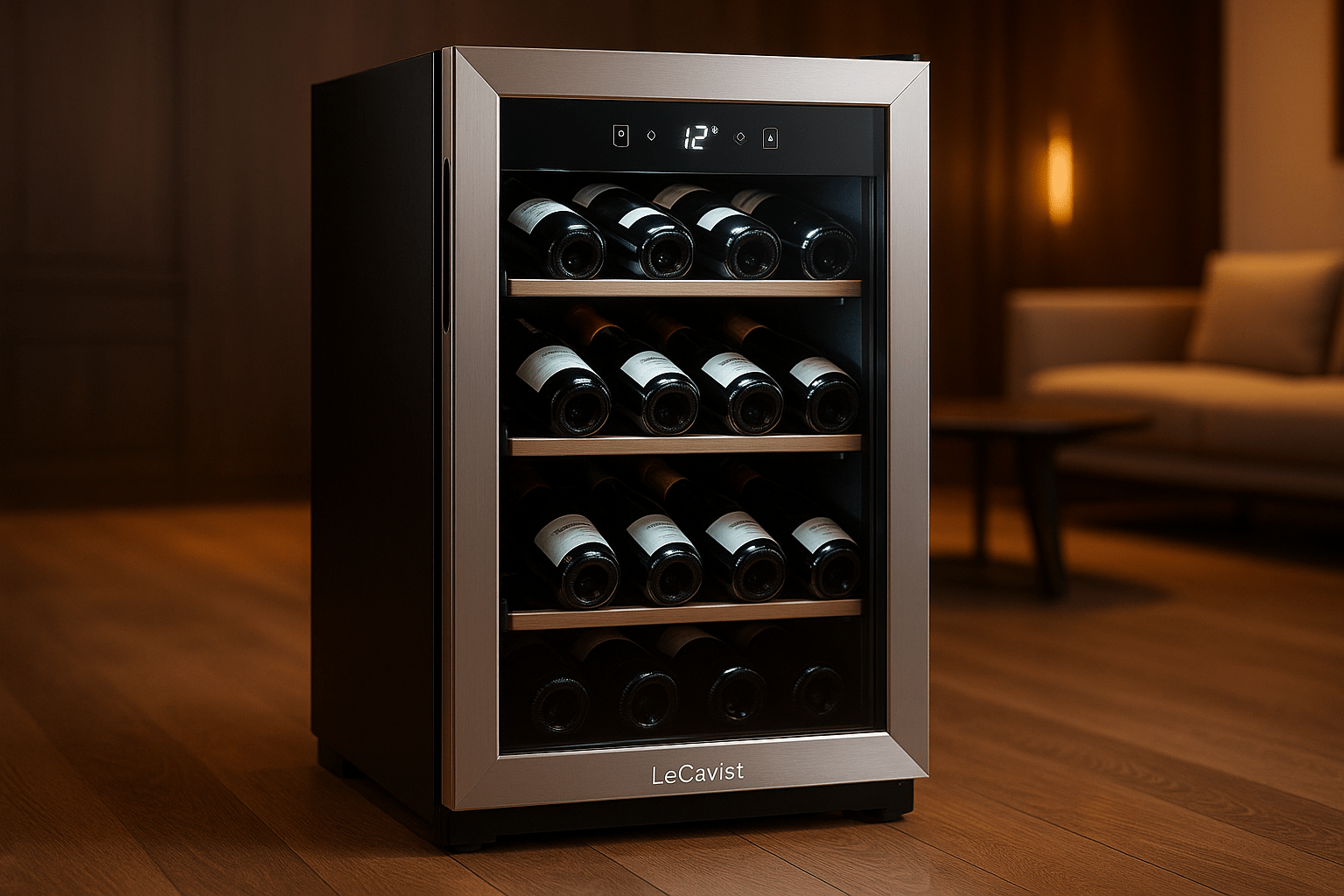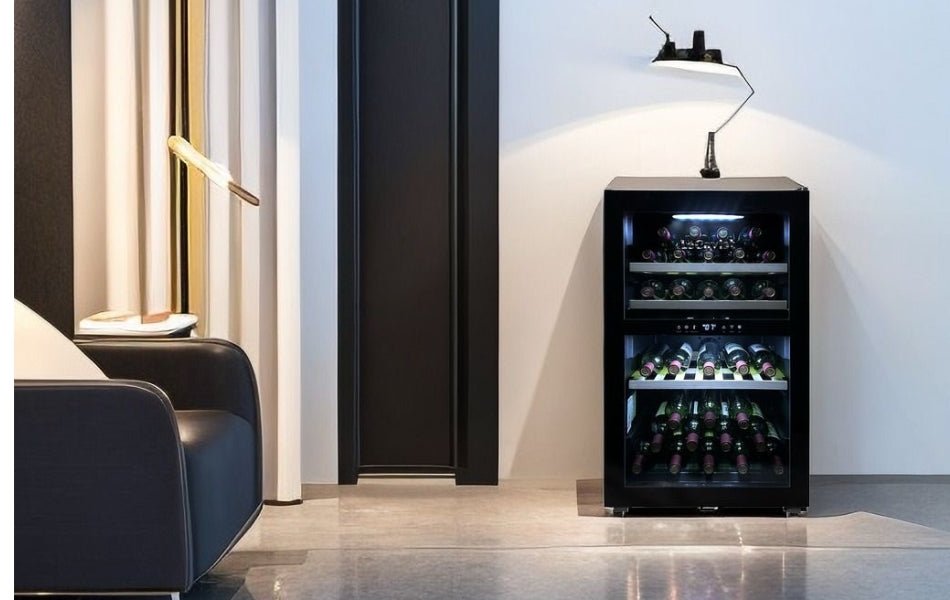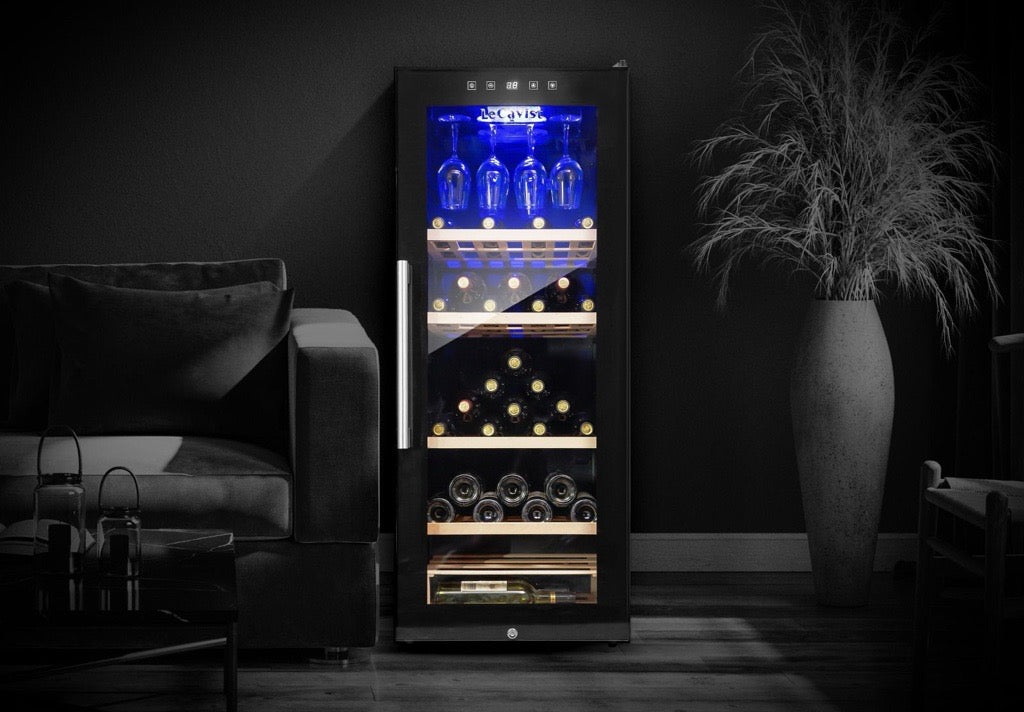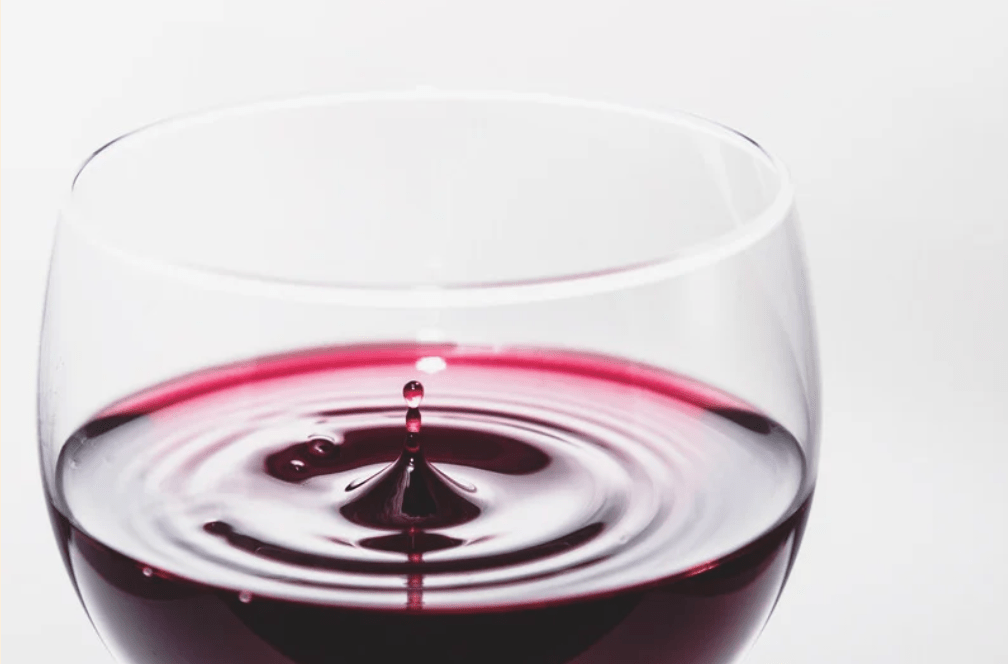
How to Recognize a Good Wine for Your Wine Cabinet
Understanding how to recognise a good wine can elevate your wine-drinking experience and help you build a collection that suits your taste. Whether you're selecting a bottle to enjoy now or storing it in your free zone wine cabinet, recognising quality involves three essential steps: observing, smelling, and tasting.
The Nose – Identifying Aromas in a Good Wine
A wine’s aroma, or "nose," is one of the first indicators of quality. To assess this, pour a small amount of wine into a glass and take a sniff—this is known as the "first nose."
-
If the good wine is "open," you’ll immediately detect its fragrances, which can range from floral and mineral to vegetal, spicy, or fruity.
-
If the wine appears "closed" and lacks aroma, it may need time to breathe. Decanting and allowing the wine to aerate can help unlock its full aromatic profile.
A well-balanced aroma often signals a good wine, whether it’s red wine, white wine, or an older wine that has been carefully aged.
Visual Appearance – What Colour Says About a Good Wine
When learning how to recognise a good wine, colour is a key indicator. A high-quality wine usually has a vibrant, intense hue.
-
For red wines: A bright, deep red suggests freshness and youth, while an orange-red tint can indicate an older wine.
-
For white wines: Younger wines often have a pale, straw-yellow colour, whereas an older wine develops a richer golden hue.
Colour variations can also be influenced by the grape variety and how the wine has been aged.
Taste Balance – The Key to Identifying a Good Wine
A truly good wine offers a harmonious balance of flavours.
-
In white wines, acidity and creaminess create a smooth, refreshing profile.
-
In red wines, balance comes from the interplay of acidity, tannins, and creaminess. Tannins add structure, while creaminess refers to the ratio of sugar to alcohol, influencing mouthfeel.
A well-balanced wine should feel smooth on the palate without any one element overpowering the others.
Length of Finish – A True Sign of Quality
The finish, or aftertaste, is another crucial factor in recognising a good wine. The longer the flavours linger after you swallow, the better the wine’s quality.
-
A good wine leaves a lasting impression, reflecting the richness and ripeness of the grapes.
-
Temperature also plays a role—serving wine at the right temperature enhances its complexity. Always check the recommended serving temperature from the bottle or your wine merchant.
Storing Your Wine – Why a Wine Cabinet is Essential
Once you've found a good wine, proper storage ensures it maintains its quality. A built in wine cabinet is an excellent investment for wine enthusiasts, helping maintain the right temperature and humidity for red wines, white wines, and older wines.
Whether you're collecting premium vintages or keeping a few bottles for special occasions, a wine cabinet protects your wine from fluctuations in light, heat, and humidity, ensuring every bottle is enjoyed at its best.
Final Thoughts
Recognising a good wine is a skill that improves with experience. By observing, smelling, and tasting your wines, you’ll develop a deeper appreciation for their complexities. Proper storage in a wine cabinet will further enhance your collection, allowing you to enjoy your wines as they were meant to be.
If you want to learn more about wine, follow us on our socials : Lecavist
Frequently Asked Questions
Q. Why is a wine cabinet important for storing wine?
A wine cabinet provides the ideal environment for storing red wines, white wines, and older wines by maintaining consistent temperature and humidity. This prevents spoilage and helps wines age gracefully, ensuring every bottle is enjoyed at its best.
Q. Does a good wine always have to be expensive?
Not necessarily! Price can be an indicator of quality, but there are many excellent good wines available at various price points. The key is to look for balance, structure, and flavour. Proper storage in a wine cabinet ensures that any wine, regardless of price, maintains its best taste.
Q. Should red wines and white wines be stored differently?
Yes, red wines are typically stored at slightly higher temperatures (12-18°C) than white wines (8-12°C). A temperature-controlled wine cabinet allows you to store both types properly, preserving their aromas and flavours.
Q. What is the best way to serve a good wine?
To fully appreciate a good wine, serve it at the recommended temperature. Red wines are best enjoyed slightly below room temperature, while white wines should be chilled. Decanting an older wine before serving can enhance its flavours

